“This is a s**t sport sometimes”. It was hard to forget the words of one prominent factory team manager yesterday at Kegums for what should have been a day of celebration as MXGP fired up again. But what did he mean?
The remark was a shortcut for conveying how brutal and how brutally unfair motocross can be. Round three of MXGP started a ‘new wave’ of Grand Prix: frantic one-day affairs where the 12-year old Qualification heat had vanished and the idea of three events in seven days meant even less room for error.
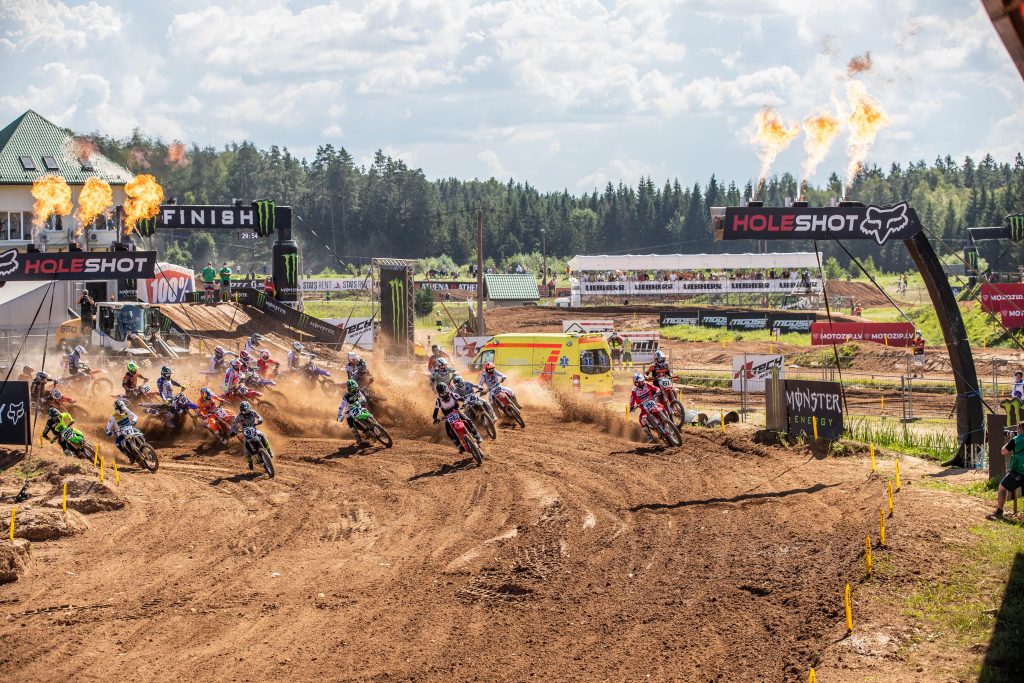
There were two thoughts that sprung to mind in the first fifteen minutes of the opening MXGP moto and the first dose of racing in five months. Firstly, it was fascinating to watch a field with 19 Grand Prix winners pacing themselves: feeling-out the arm-pump, watching the others and gauging their rhythm and lap-times. As a consequence, it then revealed the immediate challenge of 2020 MXGP: do not get hurt.

The time frame of 60-odd hours between Sunday’s affair and Wednesday’s forthcoming ‘Grand Prix of Riga’ represents the shortest ever break from one race to the next. While some will have used round three to stretch the muscles and the racing brain ahead of round four, others will have been sharply conscious that one slip around the edgy bumps of Kegums would potentially wipe out three dates of an already condensed calendar.
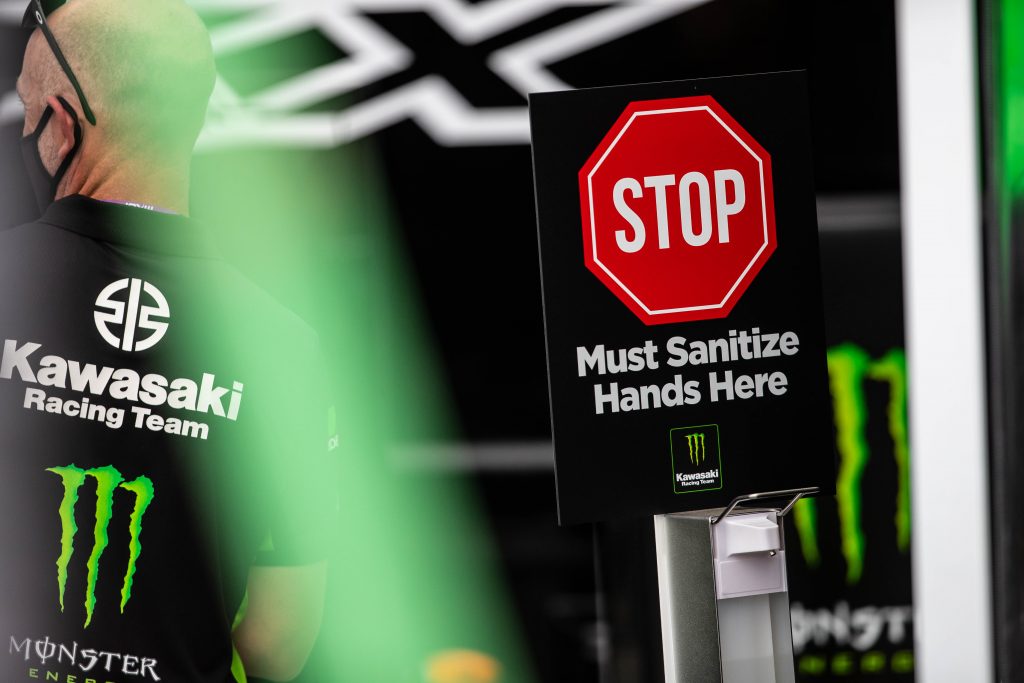
Infront Motor Racing CEO David Luongo commented on Saturday that it was important to fight for a substantial 2020 agenda to give riders the feeling they have “earned” a championship. The comment was made in reference to the shifting landscape of limitations and restrictions on international travel and public gatherings that means professional sport is still frustratingly fragile. MXGP is aiming for another eleven meetings in five different countries but in the interests of minimal risk the races will come in rapid-fire bursts. MXGP outside of Latvia is planned, but by no means confirmed (even if Luongo was on-the-money when he said that Kegums had to provide a safe and contained ‘example’ to other governments and circuits that the show could run without jeopardising their sanitary situation). So – if it’s even possible – every FIM world championship point for 2020 is absolutely precious.

Back to our team manager’s comment, which was made concerning one of his riders – a top contender in one of the classes – after a training accident only days before the trip to Latvia that dented his chances of success and therefore his title prospects. As fabulous as it was to see high-speed motocross again and the contests served up by the likes of Tom Vialle and Jago Geerts in MX2 and through the cable-stretching efforts of Glenn Coldenhoff, Romain Febvre, Tim Gajser, Jeremy Seewer and more in MXGP it was hard not to disagree. Miscalculations and mishaps either before or at Kegums would carry a huge price. If not for points and prizes but for confidence and potential ahead of more competition for which everybody had waited so patiently and eagerly.

The sport can be s**t because a campaign and carefully shaped objective can be rubbished in a second. Even in MotoGP riders like Marc Marquez, Alex Rins and Cal Crutchlow will testify to the frustrations of fate after months of pause and preparation. Back on the dirt and Shaun Simpson was one rider who had to call-off the rest of the week due to a second moto fall, Red Bull KTM duo Tony Cairoli and Rene Hofer needed painkillers and ice for a right knee and left ankle respectively that cast doubt on their full potential for Wednesday-Sunday and Jed Beaton was nursing broken teeth and a painful mouth thanks to an errant rock in practice. And those are the complaints I know about.
Motocross has always been about the preservation of peak fitness and performance for a sustained period of months, circuits, travel and races as much as raw speed to get around a track and 2020 is an extreme version of that test. The riders know it. That’s why the first moto on Sunday was like a cagey initial round of a title fight that will go the distance (MX2 was, typically, a little more extreme and exuberant).
Wednesday could mean that increasing familiarity with rivals, the pace and the track pushes up the speed and intensity a bit more. But that apprehension to ‘last’ will still be prevalent. Motocross is a testing, punishing and gloriously raw sport but it can have that downside.
A few things we liked this weekend:
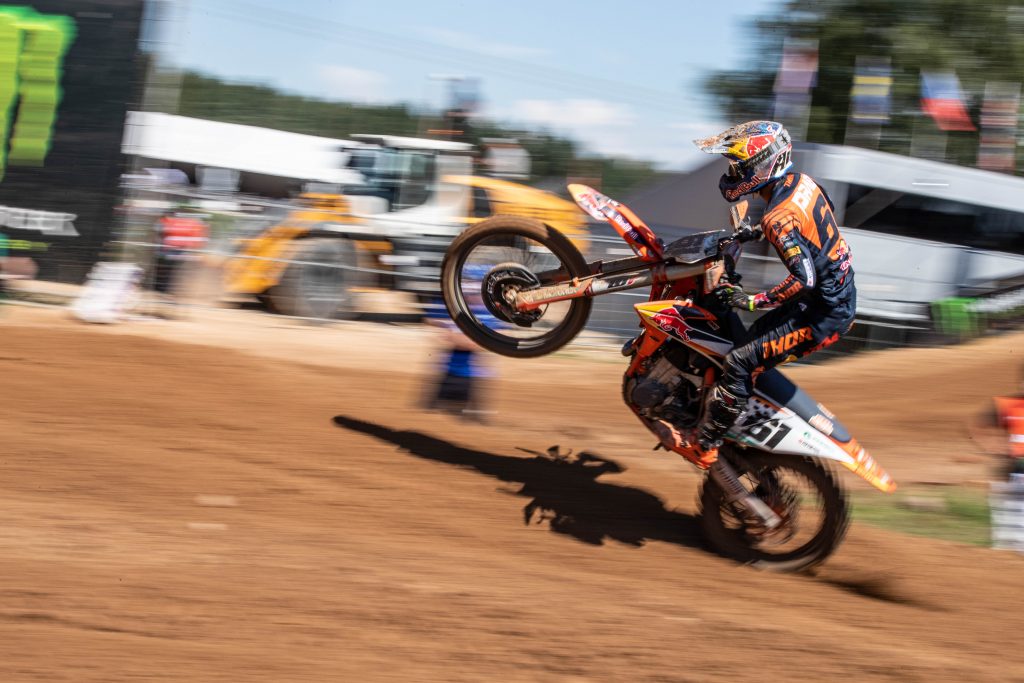
-Jorge Prado bouncing and gliding over the Kegums waves on the KTM 450 SX-F: it was a pure joy to watch. The Spaniard’s technique seemed so fast and effortless that he looked like he was on a jetski and passed Romain Febvre at one point like he was being lapped. The future of the class.
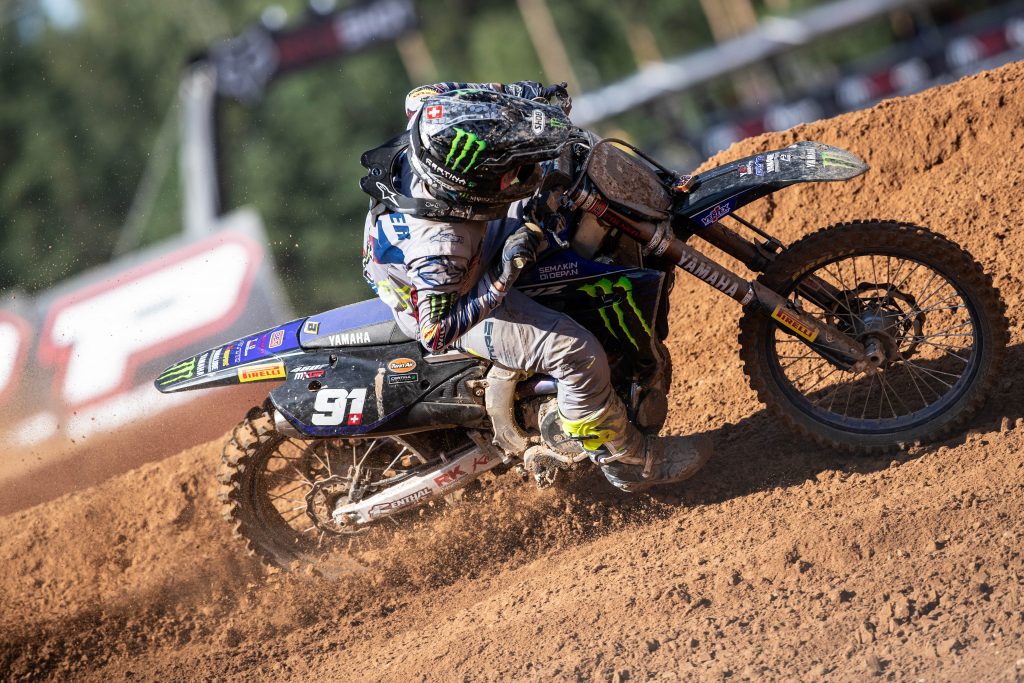
-Jeremy Seewer on the factory Yamaha: more attacking than ever. The Swiss continues to feel more comfortable and competitive. It’s only a matter of time before the series’ most consistent presence bags that first win.
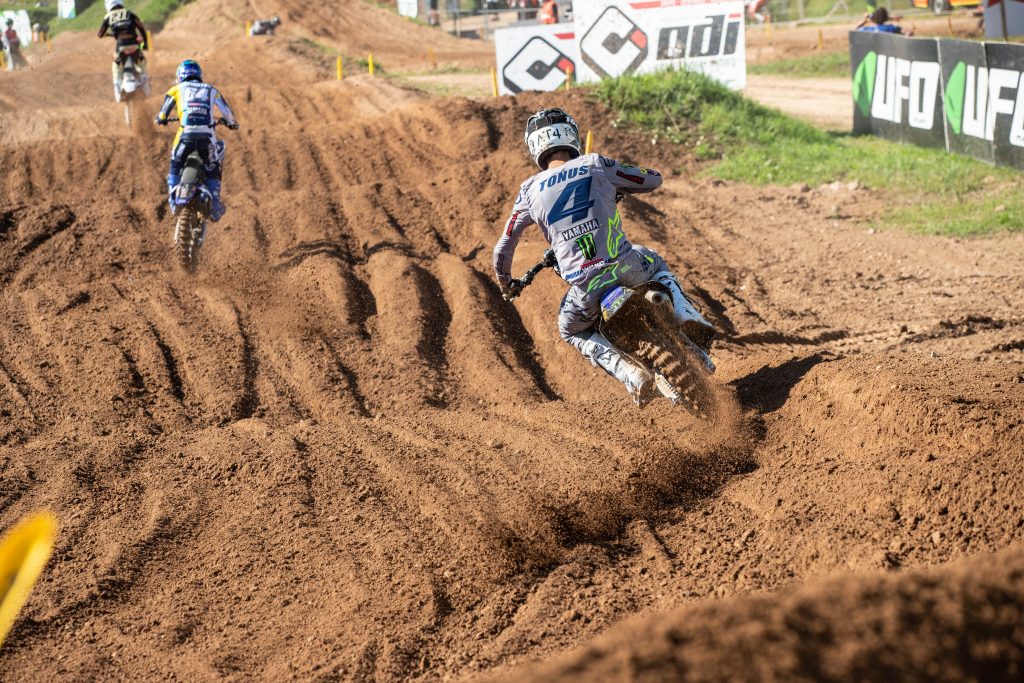
-The return of Arnaud Tonus: mistakes came (and were to be expected) by the other Swiss Yamaha man but for all the poor luck and brittleness of this stylish racer his speed was in evidence. #4 needs some results and profile to get on the market for 2021.
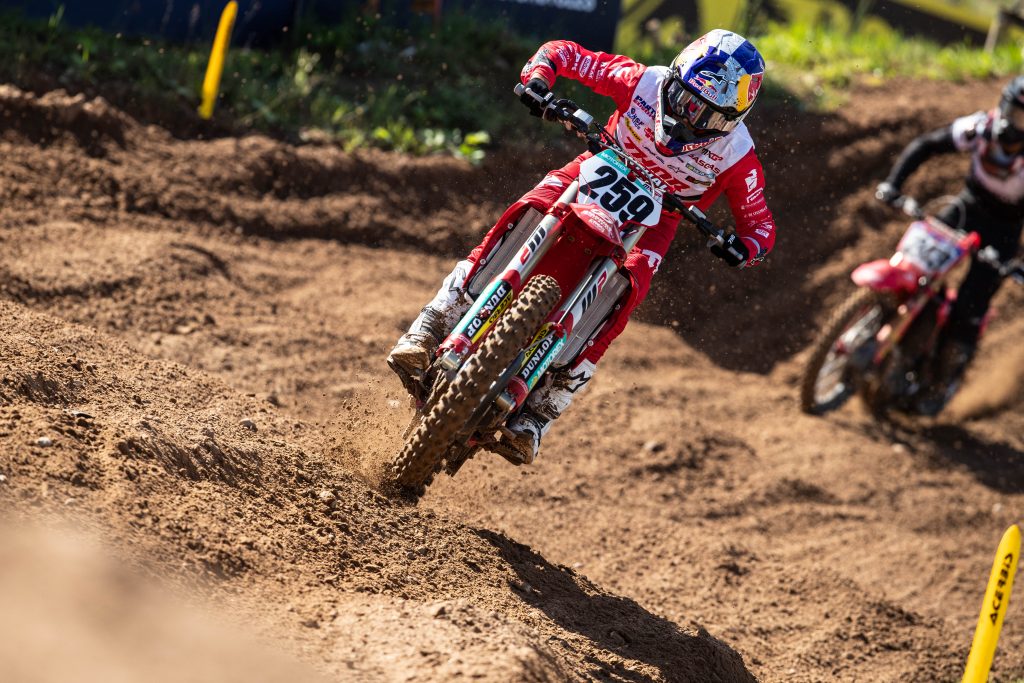
-GasGas: maybe Glenn Coldenhoff’s racebike is a re-coloured 450 SX-F at the moment but recognition for the Trial brand in motocross circles was duly earned on Sunday. The Dutchman himself is in fierce form and surprisingly at the top of the rider shopping list for 2021. Will he stick with the Standing Construct outfit for what is his second term with the crew or take an alleged offer to join Jeremy Seewer at Yamaha and swap a Red Bull cap for a Monster one? #259 said he had still had to confirm his direction for next season but batted away the speculation by saying he’d ‘heard’ the paddock rumours as well.
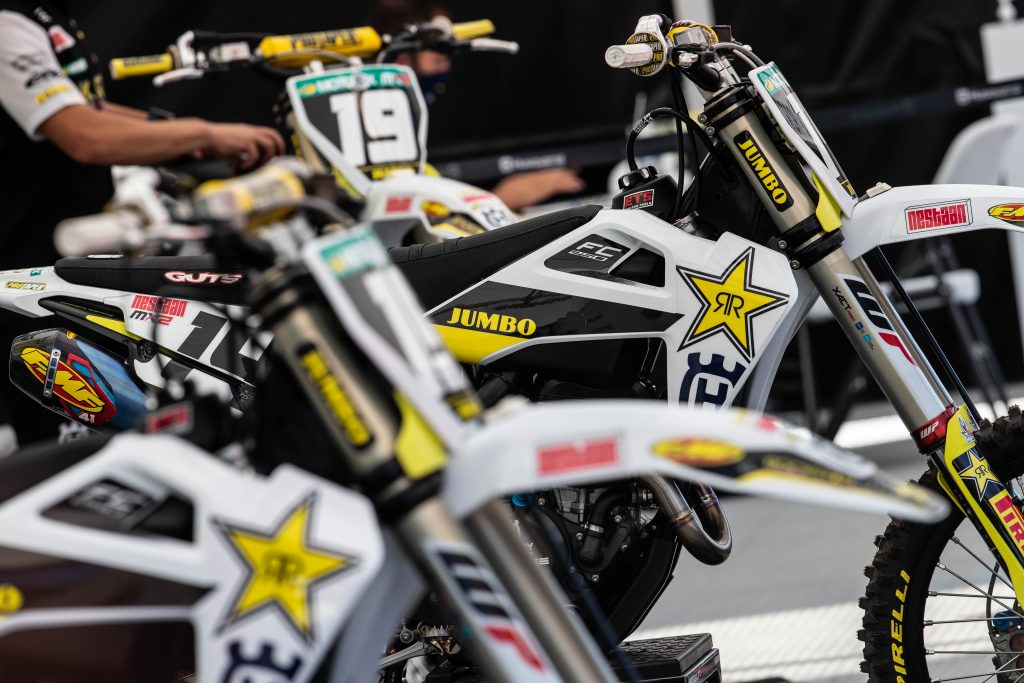
-The one-day format worked. European competition on Saturday for two classes meant a busy list of sessions but the track was left rough and battered for Grand Prix on Sunday. The programme was liked by the majority of GP riders and the small cluster of fans had plenty of on-track action on Saturday. I heard more than one comment in the paddock that it should be a serious option for future but could be tweaked further to provide extra value for the fans…when they are eventually allowed back to trackside en masse (which is essential for MXGP to exist).
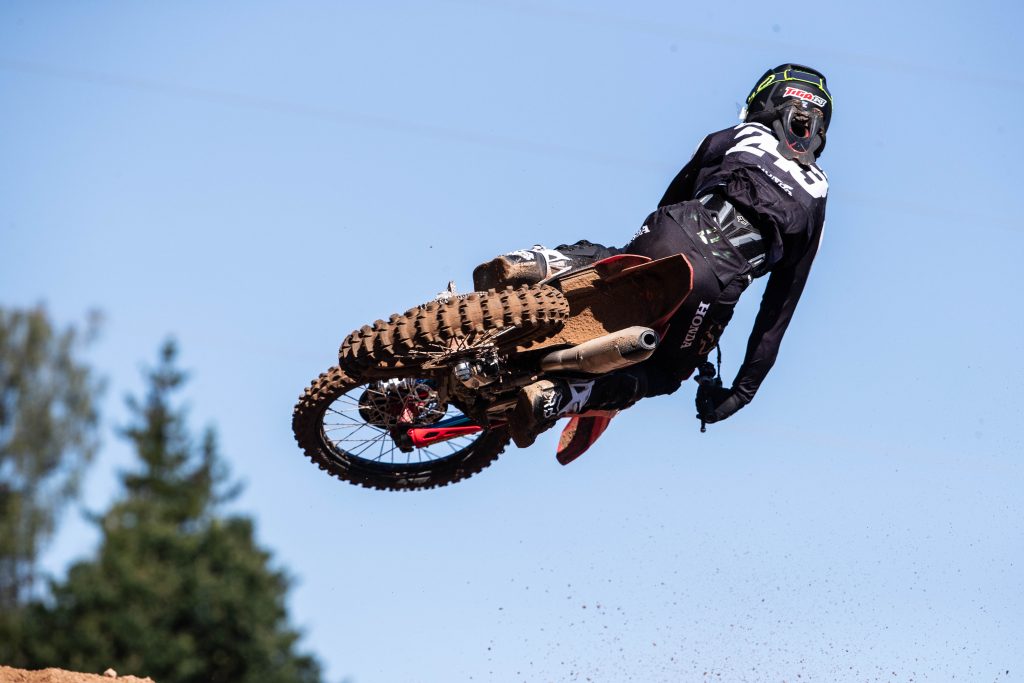
-The Latvians. Full credit to Latvian Motorcycle Federation President Martins Lazdovskis and MXGP of Latvia Organizer Kristers Sergis. The pair were part of a Saturday press conference and outlined some of the doubts and difficulties of making the Latvian MXGP episode happen. “At one point we were strongly considering the cancellation of the GP,” Lzadovskis admitted. “The most challenging thing was implementation of a safety protocol because it was changing week by week and with the government every Friday. Almost all the European Union was on the white list at one stage, but then more and more countries entered the red and orange. Finally, we are now the first country in the world to host three GPs in one week.”
“Nothing can stop motocross,” asserted Sergis.
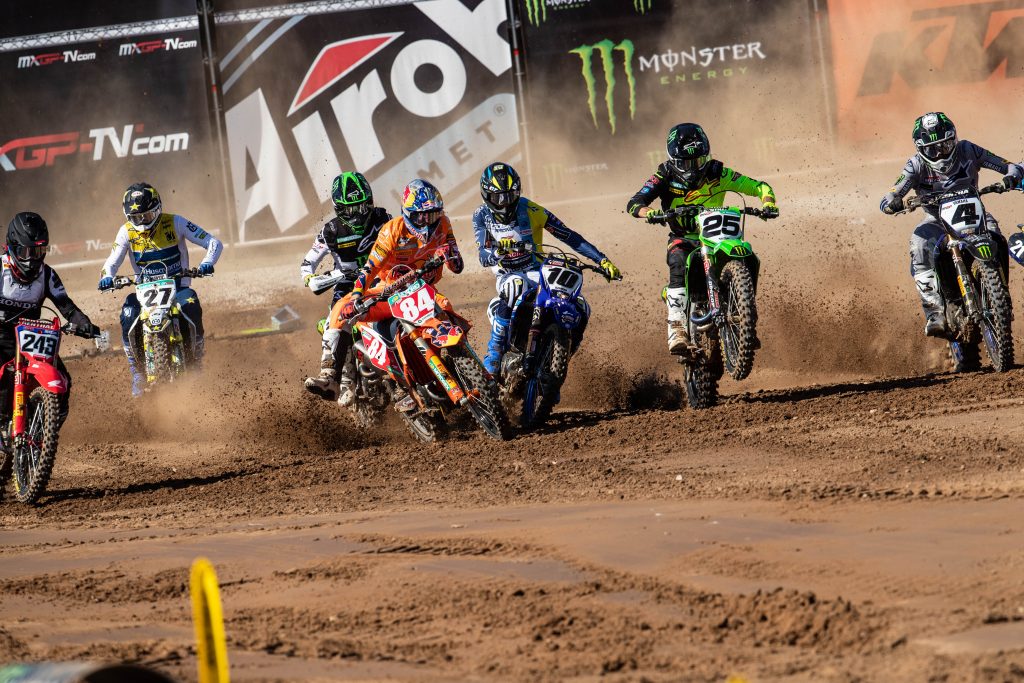
-Tom Vialle and Jago Geerts: more of the same duelling please.
A few that made us go ‘Hmmmm’:
-Considering the media lockouts in other sports it was fortunate that MXGP was allowing access for the press but some of the foreboding fence ropes and policies from teams made things difficult. It seems particularly galling to travel all the way to Latvia to be provided with a digital option for interaction with riders when there was social distancing, hand sanitisers and masks in widespread use. It was a culture shock but also understandable. All people in the paddock needed at least one PCR test to be there, and those people travelling from or through ‘red list’ countries had to do another one the day before entry to the circuit and to gaining their pass (as well as avoiding the immobilising 14-day quarantine period). Masks were obligatory (although sometimes ignored by some in the 30-degree heat, especially when Latvia itself does not have a mandate for them).
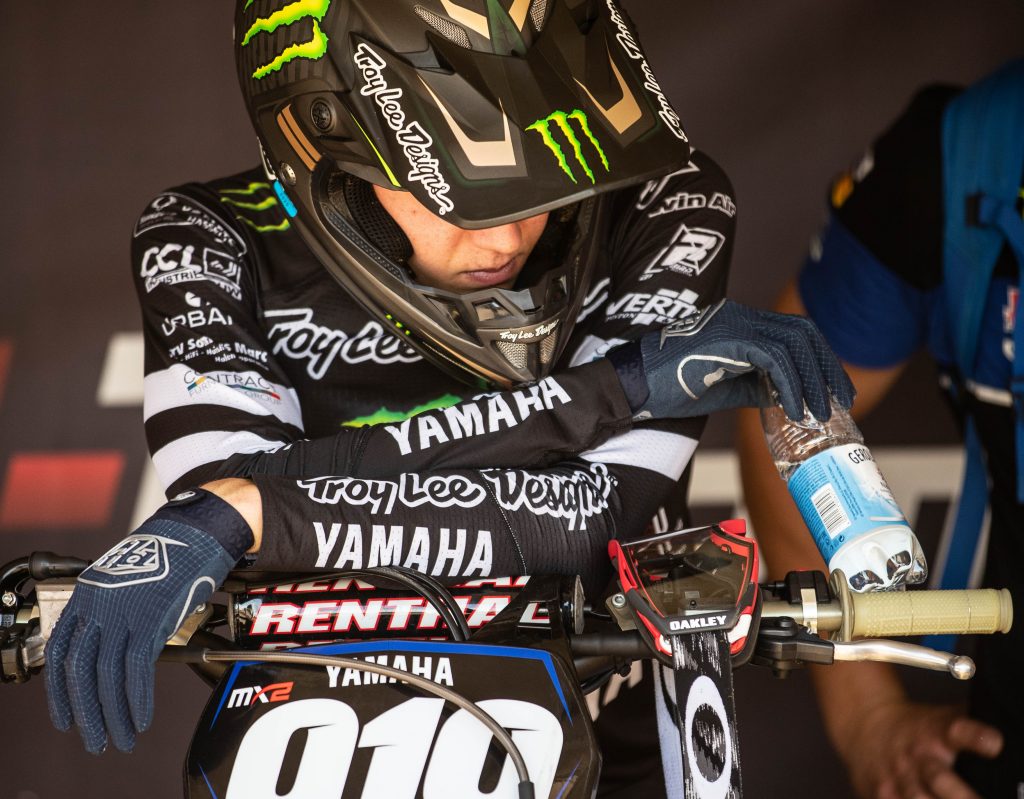
-The worry. Relief and excitement at the resumption of MXGP was tempered by thoughts of how and where the series will go next as Belgium and then Holland – the central base for many teams – entered ‘red zone’ classification and implementation of self-quarantine. Teams were concerned about the long trip to Turkey in September for round six and the rush to return to Italy for a five-day double header. David Luongo commented that Turkey was still 100% on the calendar and any update on its status would arrive before MXGP would leave Latvia.
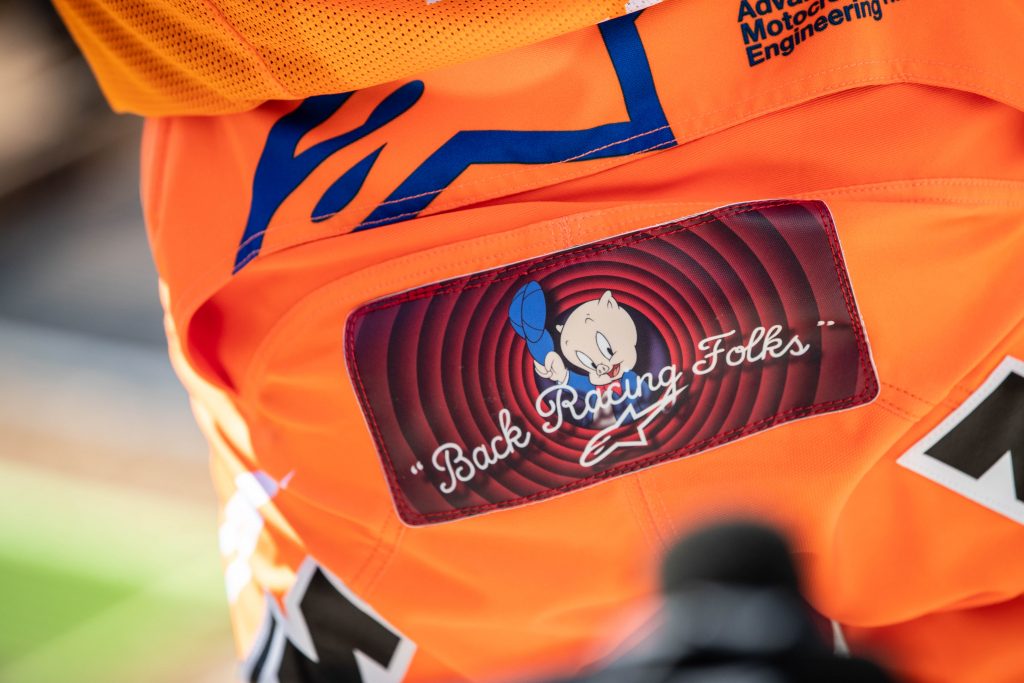
-Jeffrey Herlings. A strange day for the winner of five of the last six MXGP motos in Latvia. The Dutchman was undone by his starts and was part of that ‘cautionary’ procession in the first moto – to the point where his hesitation in making positions led some to believe he was struggling with arm-pump but that wasn’t the case. His second moto was much better with a customary charge from outside the top twenty on the first lap back to 4th. Herlings said he was “definitely not satisfied” with his 4-4 on the day and 5th overall, but it says something for his record of achievement that watching #84 without a trophy after two points-scoring motos seemed a strange phenomenon.
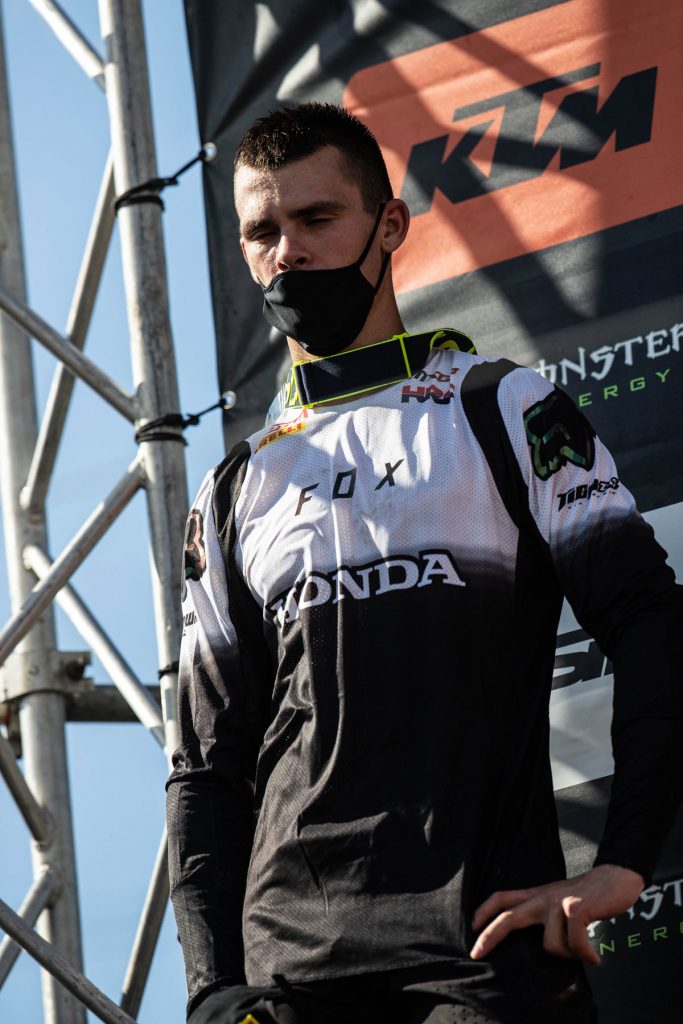
-Tim Gajser’s mask: just wouldn’t play ball.
By Adam Wheeler
Photos by JP Acevedo @jpacevedophoto









